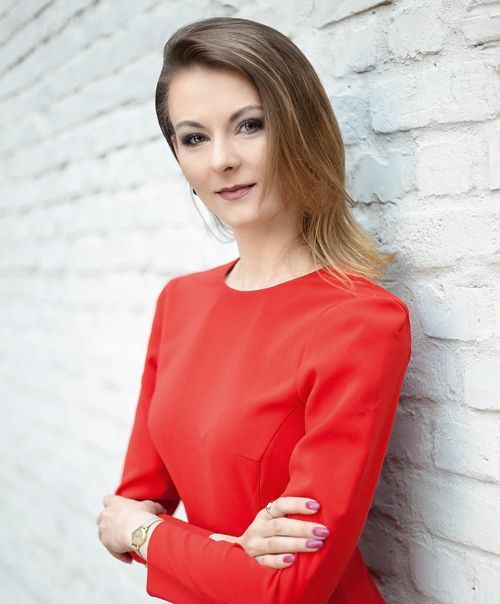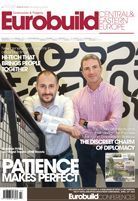Take Paris as an example. The Eiffel Tower had many critics when it was first built; the nineteenth century buildings of the day were designed with the capabilities of the fire brigade in mind, and some said... what the hell’s that?? Many felt that it was mismatched structure, too modern, strange and that it interfered with the elegant lines of the city’s more traditional buildings. These days, however, we can’t even imagine the Parisian cityscape without the Tower. Taking a selfie with it in the background is the duty of every self-respecting tourist. As someone once told me, the other monuments in the city are just... ”also-rans”. Let's take another, more recent example – Bilbao. According to the available data, the millions of tourists who have visited the city recently have mostly or even exclusively gone there to see the wild and weird shape of the Guggenheim Museum. In its first two years, the museum was visited by over 2.5 mln people, just und































































